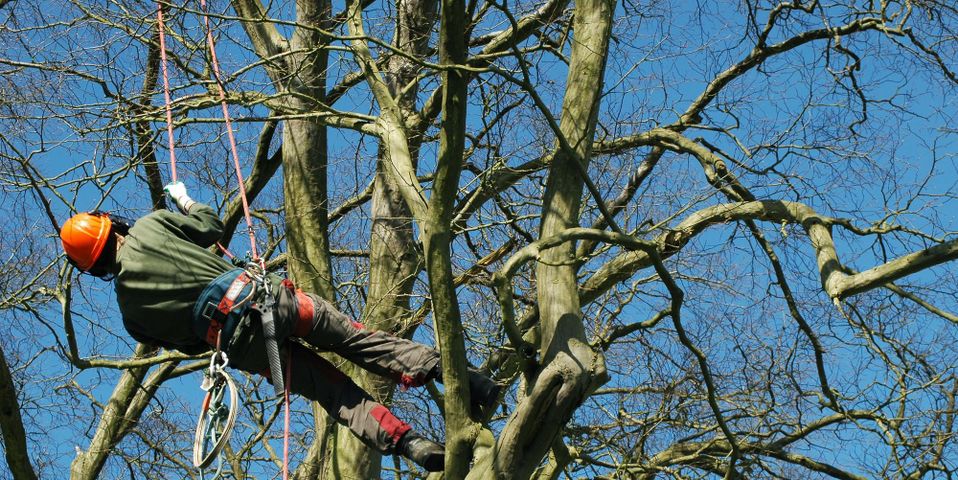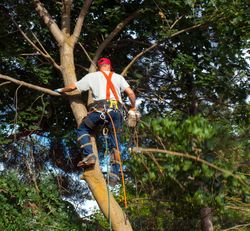3 Signs an Arborist Inspection May Be Necessary

Healthy trees on your property provide shade and beautify your yard, but trees that are diseased, infected with insects, or dying can threaten your home and family. Recognizing the signs of dead or dying trees is vital for safety. The guide below offers some indicators that you should have an arborist to your home.
Why Schedule a Tree Inspection With an Arborist?
1. Excess Fungal Growth
It’s natural for some fungi to grow on tree bark, but a significant spread of fungus across wide swaths of your tree signals distress. Mushrooms love to grow in rotting wood, so the tree in question may be slowly dying. In some cases, an arborist can take steps to isolate dying areas and save the tree.
2. Leaning
 If a tree has been compromised by insects or disease, or if the root system is dying, it may begin to lean as the weight of its branches or strong winds push pull the trunk downward. In some cases, leaning may be the result of natural shifting of the soil, and the tree could be safe for decades to come. Having it assessed by an arborist to determine whether leaning is a threat will prevent you from having a healthy tree removed.
If a tree has been compromised by insects or disease, or if the root system is dying, it may begin to lean as the weight of its branches or strong winds push pull the trunk downward. In some cases, leaning may be the result of natural shifting of the soil, and the tree could be safe for decades to come. Having it assessed by an arborist to determine whether leaning is a threat will prevent you from having a healthy tree removed.
3. Signs of Disease
Tree diseases manifest themselves in many various ways, but common signs include peeling bark, premature yellowing and browning of leaves, and leaf mildew or black spotting. Different diseases require different treatments, so you should leave the task to a professional arborist. If you don’t act quickly, diseases will spread, impacting other trees on your property.
If you’re not sure how to manage your trees, you can rely on the arborists at Liscombe Tree Service in St. Charles, MO. They offer a free home visit to evaluate any trees that are overgrown, diseased, infested, or otherwise in need of attention. They can also handle tree removal, stump grinding, and routine pruning. Learn more about their services on their website, or call (314) 650-9055 to speak with the staff.
About the Business
Have a question? Ask the experts!
Send your question

